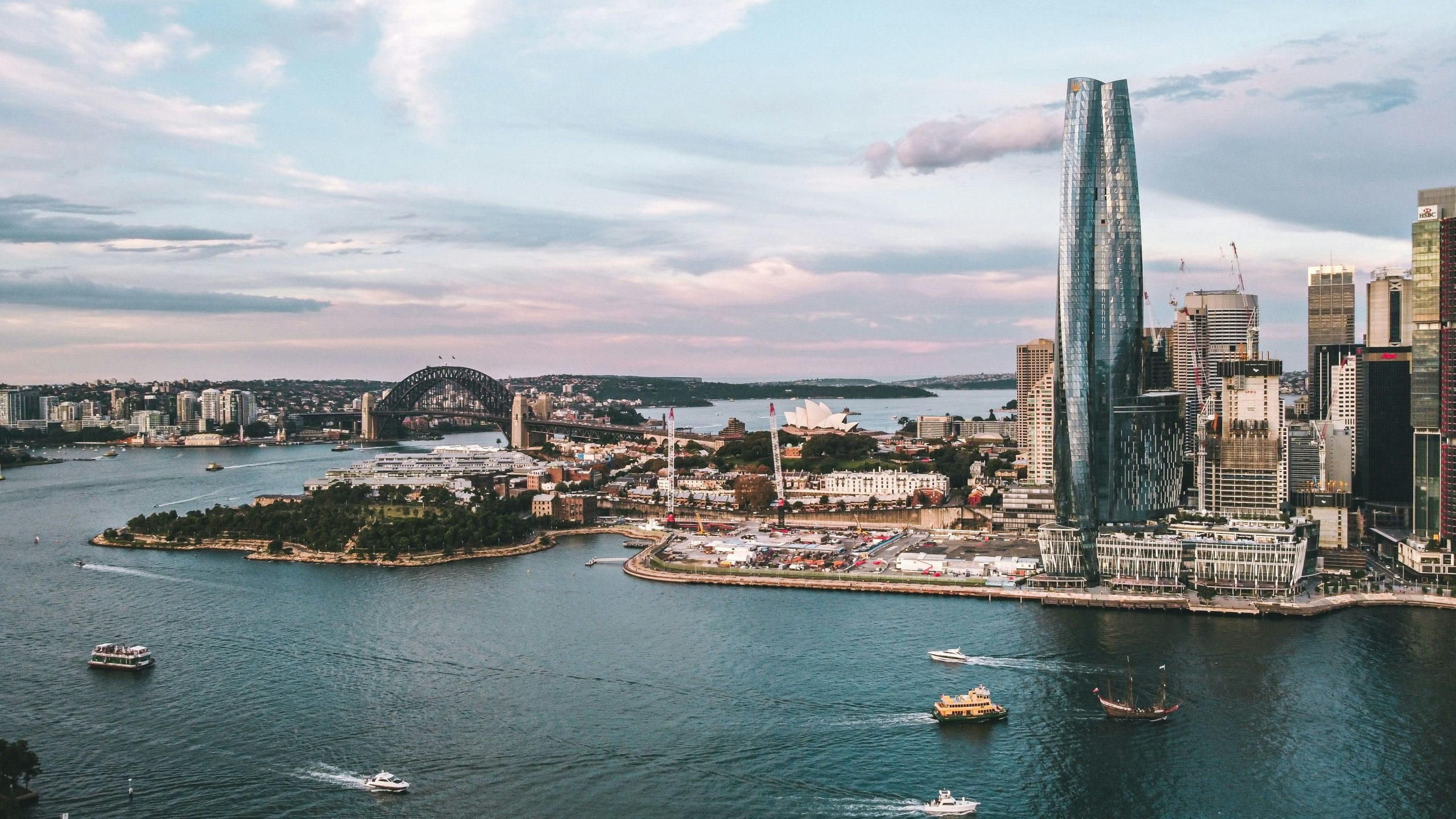The latest quarterly data released by the Australian Bureau of Statistics (ABS) on Wednesday showed that the annual consumer price index (CPI) slowed from 4.1 per cent in the December quarter to 3.6 per cent in the quarter ending March 2024 – falling from a peak of 7.8 per cent in December 2022.
The CPI rose 1 per cent in the March 2024 quarter and 3.6 per cent in the 12 months to the MArch 2024 quarter, according to the ABS.
Michelle Marquardt, ABS head of prices statistics, said: “The CPI rose 1 per cent in the March quarter, higher than the 0.6 per cent rise in the December 2023 quarter.”
The most significant contributors to the March quarter rise were education (+5.9 per cent), health (+2.8 per cent), housing (+0.7 per cent), and food and non-alcoholic beverages (+0.9 per cent).
Education fees increased with the start of the calendar year, showing the strongest quarterly rise since 2012. Tertiary education rose 6.5 per cent with annual CPI indexation being applied to tertiary education fees. Secondary education rose 6.1 per cent, followed by preschool and primary education (+4.3 per cent) as fees were increased at the start of the school year.

ABS said that prices for medical and hospital services (+2.3 per cent) typically rise in the March quarter as GPs and other health service providers review their consultation fees. The Medicare and Pharmaceutical Benefit Scheme Safety Net thresholds are also reset at the start of the calendar year meaning fewer people qualify for subsidised prices for out of hospital services and pharmaceuticals.
The quarterly rise in housing was driven by rents (+2.1 per cent) and new dwellings purchased by owner-occupiers (+1.1 per cent).
“Rental prices rose 2.1 per cent for the quarter in line with low vacancy rates across the capital cities. Rents continue to increase at their fastest rate in 15 years,” said Marquardt.
Higher labour and material costs contributed to price rises this quarter for the construction of new dwellings. The 1.1 per cent increase is slightly lower than the 1.5 per cent rise in the December 2023 quarter.
Food and non-alcoholic beverage prices rose this quarter, driven by non-alcoholic beverages (+3.4 per cent), fruit and vegetables (+2.5 per cent) and food products not elsewhere classified (+1.9 per cent). Partially offsetting the quarterly rise was a small price decrease for meat and seafood (-0.7 per cent).
Australia’s upcoming federal budget will be delivered on May 14. The Reserve Bank’s board has left interest rates at 4.35 per cent for the last three times that it has met and next meet on May 6-7. But analysts indicate that chances are slim that any rate cuts will come into effect next month.













































